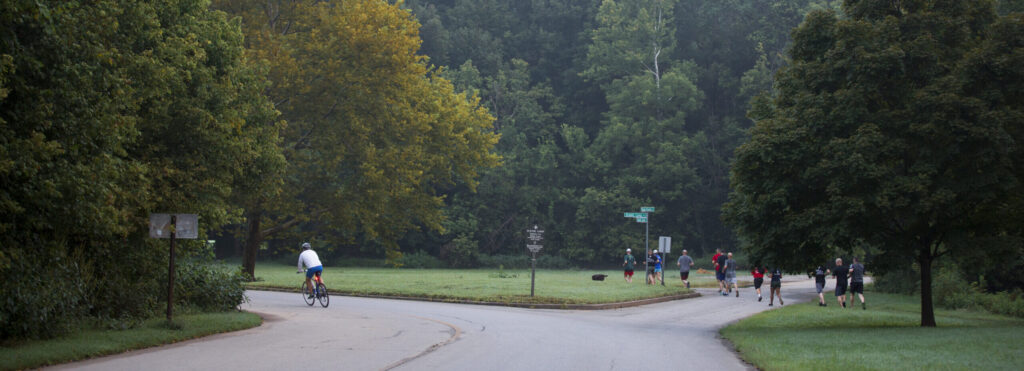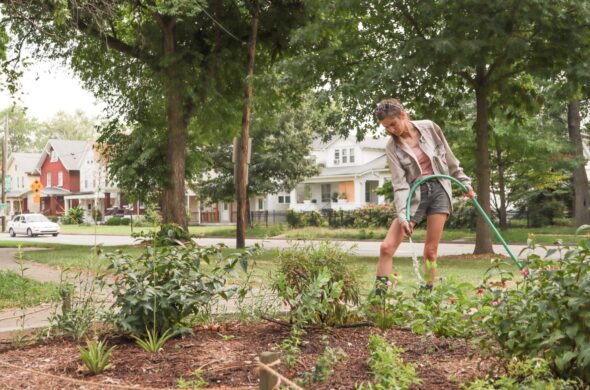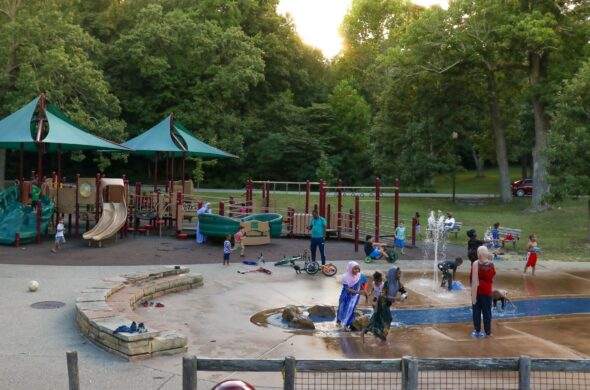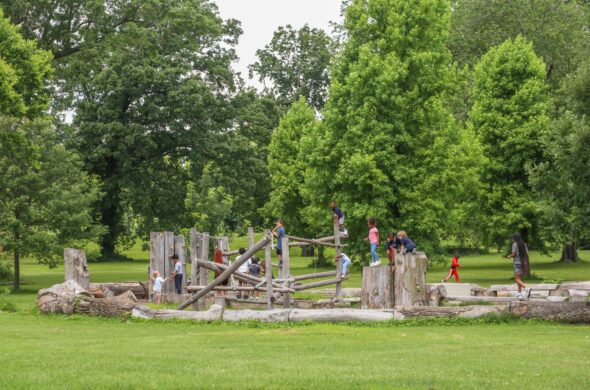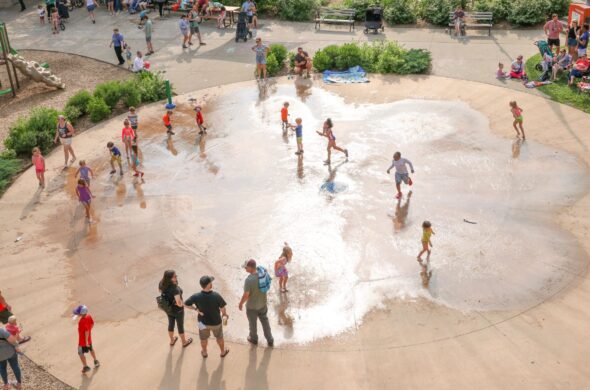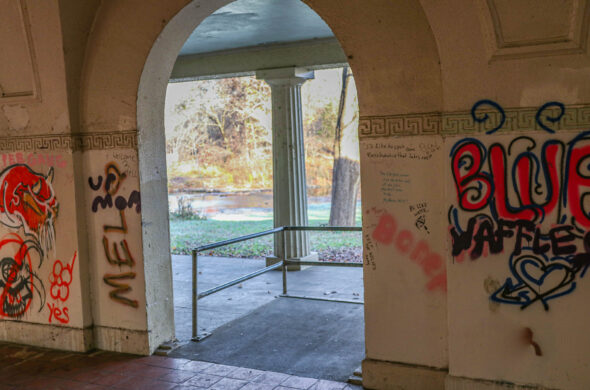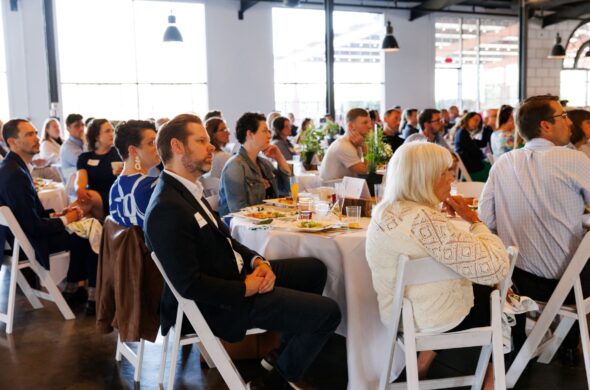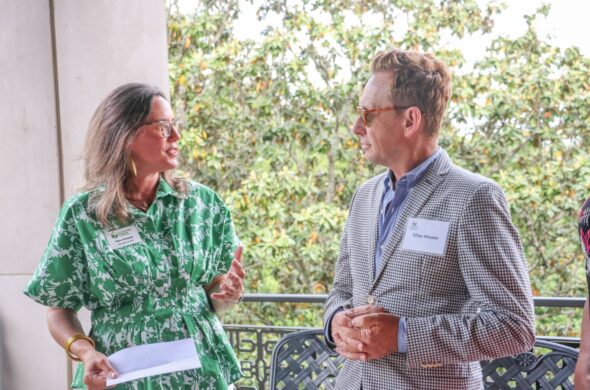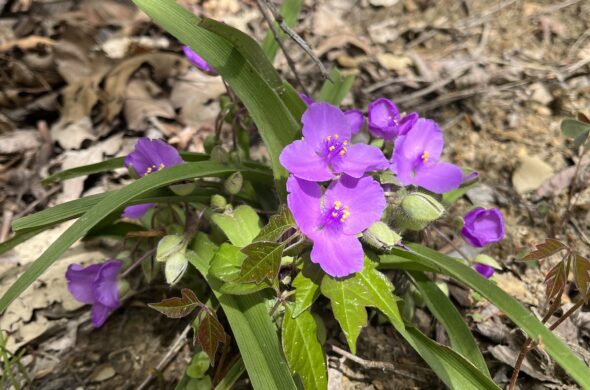To our friends and supporters,
I wanted to share with you our thoughts about the recent decision to restore vehicle access to Cherokee and Iroquois Parks. I know you are well aware that last year’s decision to restrict vehicle access and now to reopen have ignited passionate community dialogue. Although community discussions, debate and disagreement are often not pretty (and can indeed get ugly), I wouldn’t want it any other way. Such passion and concern are emblematic of a community that truly cares about our parks.
When Frederick Law Olmsted was invited in 1891 to design a park system in Louisville, he was already recognized as the father of American landscape design, having designed Central Park in New York City, the U.S Capitol Grounds, and the Biltmore in Asheville, NC. His vision for a park system was most fully realized in Louisville with Cherokee, Iroquois and Shawnee Parks serving as the flagship parks connected by parkways. Our historic parks and parkways remain as a testament to his talent and the resilience of our own community to ensure its longevity. And we remain as the fortunate heirs of a park system unlike any other in the nation or even the world.
The rich history of our park system is why we care so much about modifications and changes to Olmsted’s initial vision. In particular, he wanted his parks to be accessible to everyone, providing an escape from the noise and pollution of city life.
As we have all seen and experienced firsthand, the pandemic brought countless unexpected changes to our lives. One such change was restricting motorized vehicles in some areas of Cherokee and Iroquois Parks last spring, partly as a result of eager crowds escaping lockdowns and quarantines, during an uncertain time.
During this last year, we carefully monitored usage of both parks and found that during that period, the number of people who used Cherokee Park increased substantially both in terms of size and frequency. While Iroquois Park also experienced increases, its existing hybrid pedestrian/vehicle access model worked well for users.
Louisville Parks and Recreation recently decided to restore vehicle access to Iroquois Park, as well as Cherokee Park – though with a new “hybrid” approach that ensures that both parks now are in balance with nature, safety, and accessibility:
- Iroquois Park has returned to operating as it did pre-pandemic, with a balance of vehicle access and pedestrian only roadways.
- Cherokee Park will also allow vehicular traffic in mid-June, but to match the balance achieved at Iroquois Park, cars will have direct access to strategic user points around the park, such as Hogan’s Fountain and Rugby Field, while simultaneously providing long stretches of roadway exclusively for walkers, runners and cyclists. Vehicles will be allowed to park near Baringer Hill, Willow Pond, Ledge Road, Rugby Field, and Hogan’s Fountain. This will allow for attendance at games or picnics, as well as closer access for those unable to park on a nearby street and walk to the park.
We enthusiastically support this achievement of balance for both parks that offers all users access across the board, as well as ensuring the safety of those who wish to walk, run, or ride bikes.
Likewise, we fully endorse the commitment to public engagement. We urge the use of best practices to employ a process that allows us to gather feedback and data from the largest group of park users possible.
Frederick Law Olmsted created our parks system to provide everyone an opportunity to escape the noise and pollution of urban living and enjoy the tranquility of natural environments. We strongly believe this common-sense approach of balance will allow our treasured Olmsted Parks system to evolve and flourish for generations to come.
Frederick Law Olmsted’s vision very clearly was to create a park for people. We want to respect his vision by letting those very people decide the future of our parks.
Best,
Layla George, President & CEO
Click here to read the full statement by Louisville Parks and Recreation and see the latest maps detailing the re-opening.
Find something similar: News Cherokee Park Iroquois Park
